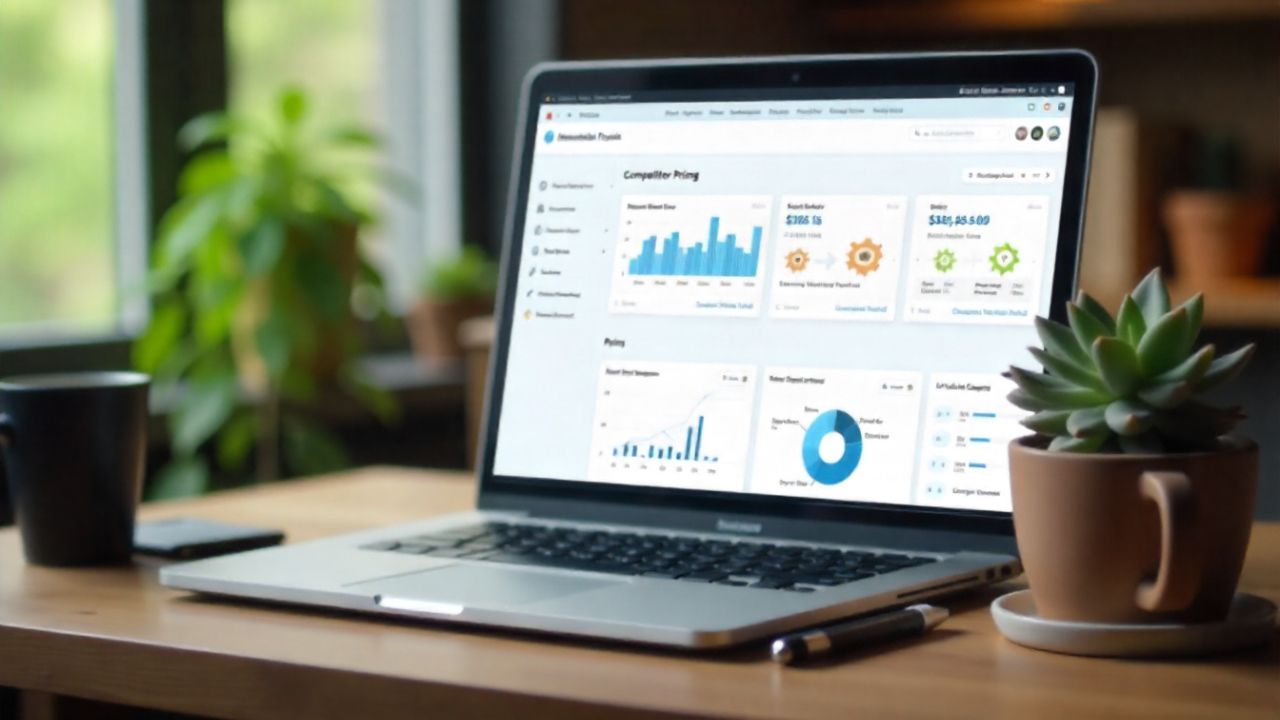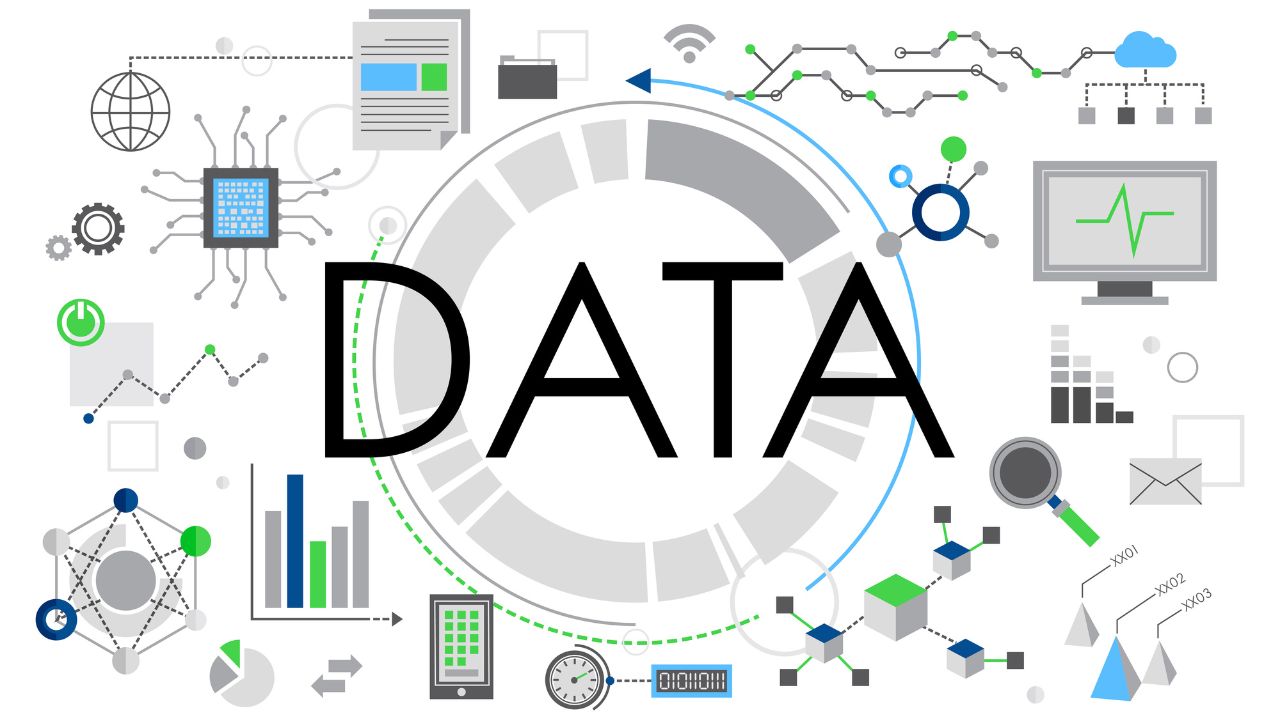What Is Real Estate Data and Why It Matters
Posted on: April 21, 2025
In today’s digital-first world, the real estate industry is becoming increasingly data-driven. From buyers and investors to developers and analysts, access to accurate and timely real estate data is transforming the way property decisions are made.
But what exactly is real estate data? And why is it such a valuable asset in modern housing, finance, and analytics ecosystems?
In this article, we break it down.
What Is Real Estate Data?
Real estate data refers to all the structured and unstructured information related to properties, their characteristics, their location, and their market activity. This data can be sourced from listing platforms, government records, MLS (multiple listing services), and web scrapers.
Typical real estate datasets include:
-
Property details (title, address, description)
-
Location information (city, ZIP code, lat/long, state)
-
Market attributes (price, currency, status)
-
Physical specs (bedrooms, bathrooms, floor space)
-
Features and amenities (images, parking, garden, etc.)
-
Time-based metadata (listed on, updated at)
Types of Real Estate Data
Real estate data comes in many forms, depending on the source and use case:
1. Listings Data
Live or historical listings from property platforms (like Trulia or Zillow). Ideal for market analysis, pricing trends, or competitive benchmarks.
2. Transaction Data
Actual sale or rental history. Used for appraisal models and investment strategies.
3. Geospatial & Location Data
Includes coordinates, school zones, neighborhood profiles. Key for location-based intelligence.
4. Property Characteristics
Structured fields describing the asset’s physical features and specs.
5. Market Trends & Indices
Aggregated data around pricing movements, rental yields, time on market, etc.
Who Uses Real Estate Data?
Real estate data is used by a wide range of stakeholders:
-
Investors & Analysts looking to model property value or track housing trends
-
PropTech Startups building recommendation tools or AI-based pricing engines
-
Urban Planners evaluating neighborhood development
-
Real Estate Agents optimizing listings and pricing
-
Academic & Policy Researchers analyzing affordability, migration, and infrastructure
How Is Real Estate Data Collected?
Depending on the application, data can be collected from:
-
Public records (e.g., county assessors, government APIs)
-
Real estate platforms (via scraping or partnerships)
-
Internal CRMs used by brokerages
-
Third-party datasets like the Trulia dataset from CrawlFeeds
Why Real Estate Data Matters
With accurate real estate data, teams can:
-
Build property valuation models
-
Predict pricing movements in local markets
-
Segment housing by region, price, or features
-
Recommend listings based on user behavior
-
Track inventory or property status in real time
Data fuels everything from real estate investment to better public housing policies.
Explore Real Estate Datasets by CrawlFeeds
Looking for ready-to-use datasets? Here are a few key datasets available from CrawlFeeds:
-
Trulia Real Estate Listings Dataset (1.47M records) — U.S. properties with full specs, location, and pricing
-
Redfin USA Properties Dataset (1M+ records) — Residential real estate with location and pricing
-
Zoopla UK Real Estate Dataset — U.K. properties in CSV format
-
Homes.com Housing Dataset (2M+ records) — Nationwide listings with detailed specs
Want to request a fresh crawl or a custom region-specific dataset? We support on-demand extractions from multiple marketplaces.
Latest Posts
Find a right dataset that you are looking for from crawl feeds store.
Submit data request if not able to find right dataset.
Custom request




